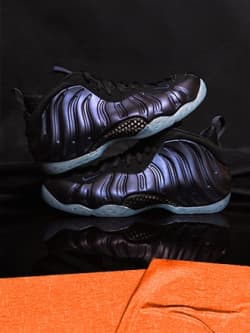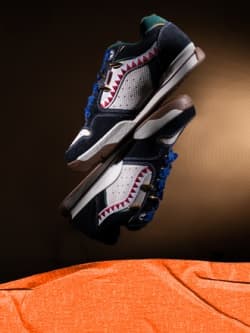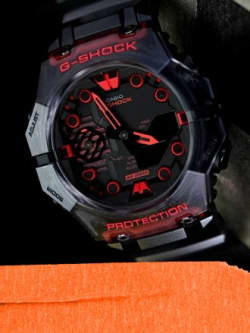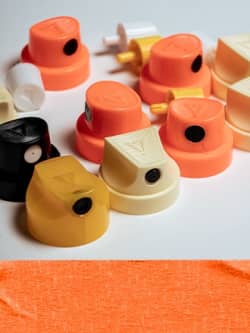#FactsFriday - Carhartt WIP

From the rail roads to the street scene, over the past 120 years Carhartt have made a credible name for themselves with sought after products and a strong brand ethos that champions durability, style and quality. In the early days in Detroit, founder Hamilton Carhartt employed a unionised work force to manufacture duck cotton overalls. Today the Carhartt’s still run the business, offering heavy duty garments that promise the same standard of quality to a slightly bigger client base. With Shelflife's recent announcement that we will be exclusively stocking Carhartt WIP in South Africa, it’s worth taking a look at the history of this legendary brand.
Carhartt’s foray into streetwear and their support of the independent music and street scene proves they are as current and vital to clothing and culture as they were over a century ago.
In 1889, Hamilton Carhartt and 5 employees trudged up to a dusty old attic in the heart of Detroit and with 4 sewing machines laid the foundations for one of the greatest American Dream success stories. Carhartt started out producing cotton duck overalls - a heavy woven canvas fabric – aimed at Detroit’s blue collar workers. At that time, Detroit was the industrial hub of America, and there was high demand for the utilitarian, heavy duty work wear.
The ‘Union Made’ label stitched into each pair of Carhartt duck overalls was a guarantee that made the products so appealing to the blue collar work force they were aimed at and cemented Carhartt’s quality and reputation among its customers. This certified that each Carhartt garment was American through every stage of the process from the materials, to the workers producing it. Buying a Carhartt overall meant supporting a unionised workforce that were treated fairly and paid well, an ethos and testament that built the reputation of the brand from the off-set.
But how did Carhartt become Carhartt WIP, the brand most know? In 1994, Edwin Faeh established his project ‘Work in Progress’ and became the first distributor of Carhartt in Europe. Before that, Edwin had been working under a title called ‘All American Project’, which retailed authentic American brands to a European Market. 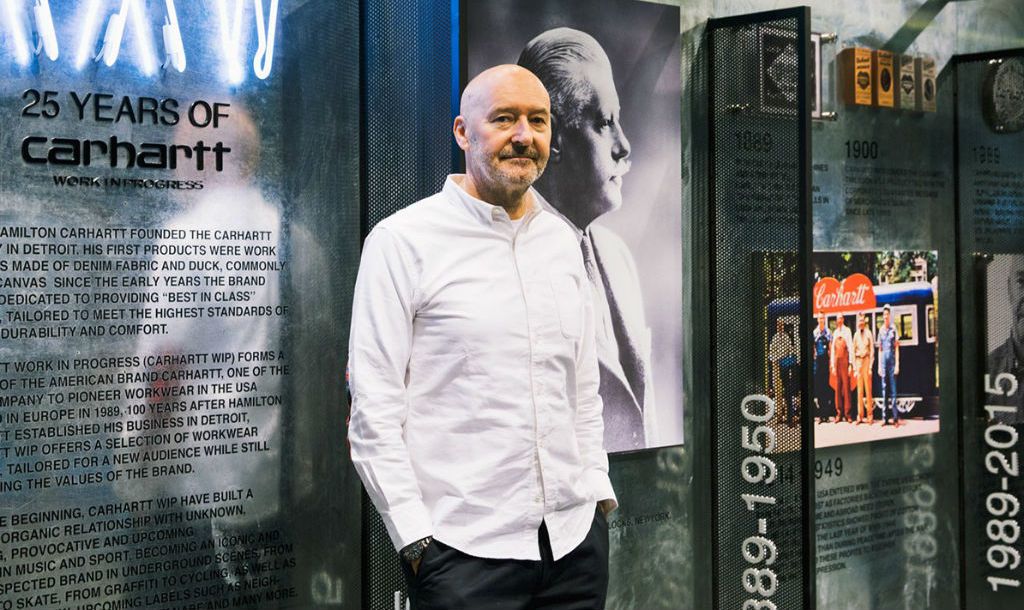
It was a smart move by Carhartt, allowing a European company to manufacture and distribute, and then design the clothing for a market he had more scope on. This allowed the brand a greater bearing and global outreach. Soon colours and styles exclusive to Europe were being manufactured. With the distinct American style of Carhartt, the WIP designs appealed more to the European sensibility. It was noticed that the label was mainly being distributed to skate shops and independent stores. With WIP, Carhartt had evolved from an All American brand into a true staple of streetwear.
The ’90s saw a rise in interest and popularity for supporting the independent street art and music scene. As urban youth subcultures took off the ground, Carhartt WIP came to prominence as the brand that clothed its dignitaries. Having sponsored the scene, its up and coming projects and stars for years, Carhartt had discerningly implemented an ingenious marketing strategy.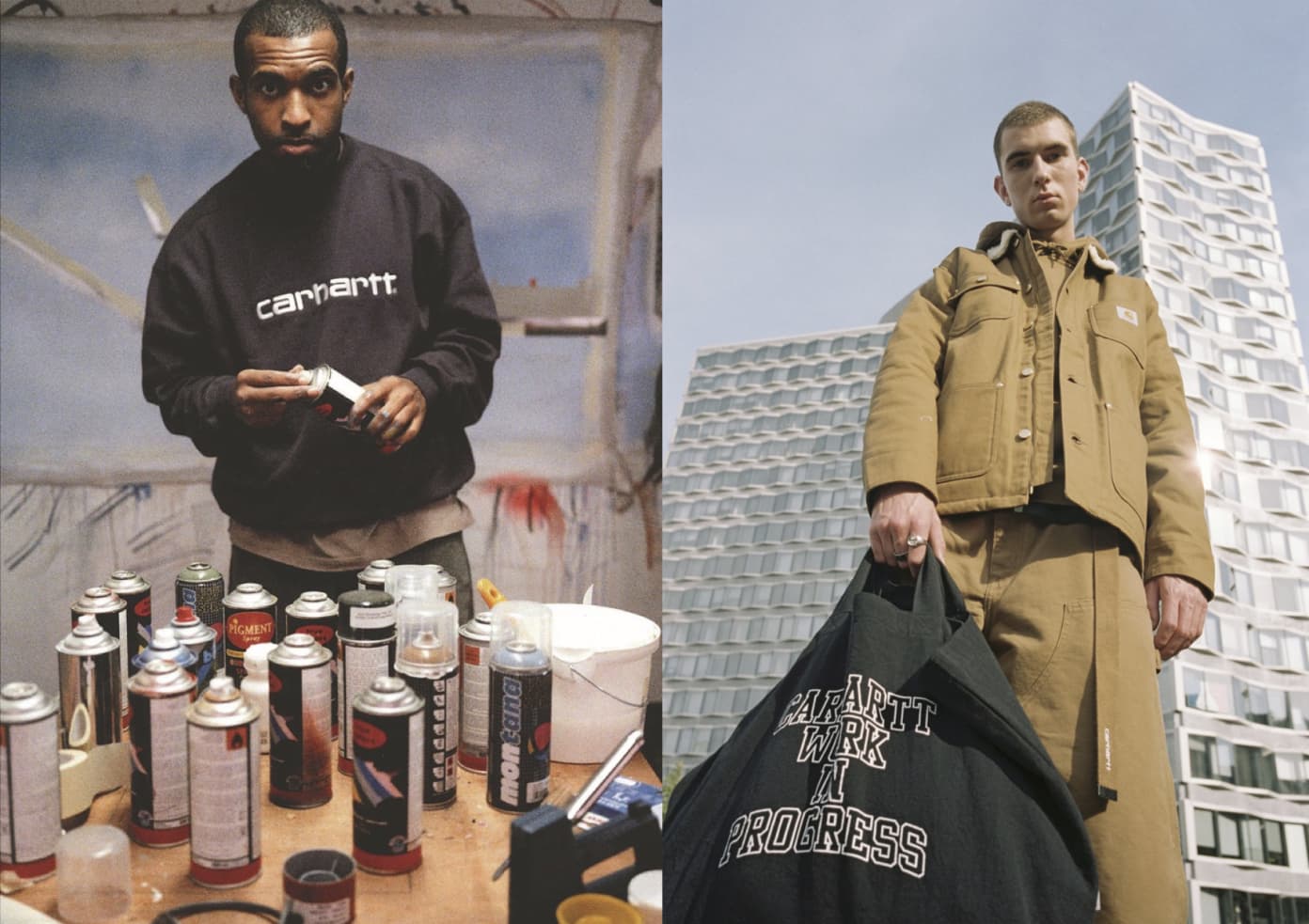
From the off set Carhartt WIP cottoned onto how investing in art and music cultural movements could promote their clothing to a specific following. Combining their endorsement of the scene and Hamilton’s original pursuit for high quality, durable clothing, Carhartt WIP have come to the forefront of street and work wear. Collaborations with like-minded projects and brands like Mahogani Music, Converse, Vans, Braindead, Patta, WTAPS and Stussy have cemented their relationship and reputation with and within the scene.


